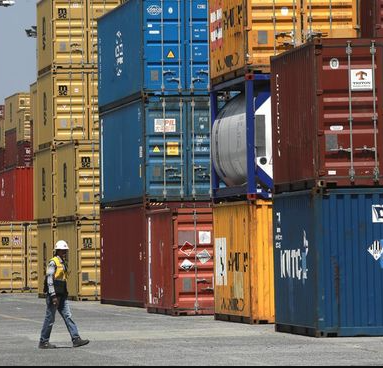Breaking Down Trade Ministry Regulations 16–24/2025: Tighter Import Rules, Bonded Logistics Centers Become Industry's New Lifeline
Why Now? A New Regulation Era for Industry
Indonesia’s Ministry of Trade has officially issued its latest import regulation package: Regulations No. 16 to 24 of 2025, redefining the entry channels for imported goods—from industrial raw materials to consumer products.
The urgency is clear: Indonesia’s logistics costs still consume 23–24% of GDP, far above ASEAN’s average of under 15%. Without reform, local products struggle to compete, imports flood the market, and business margins shrink.
To address this, the government tightens import channels while reorganizing logistics mechanisms through Bonded Logistics Centers (PLB) to ease cost burdens in the field.
Highlights of Regulations 16–24/2025
Key content includes:
-
Reg. 16/2025 – General Import Regulation Policy (Umbrella regulation).
-
Reg. 17/2025 – Textiles & Textile Products (Restrictions on fabrics, carpets, apparel).
-
Reg. 18/2025 – Agriculture & Livestock (Rice, corn, sugar, horticulture, live animals).
-
Reg. 19/2025 – Salt & Fisheries Commodities (Quota-based industrial salt, fish products).
-
Reg. 20/2025 – Chemicals, Hazardous Materials & Minerals.
-
Reg. 21/2025 – Electronics & Telematics (Hardware, gadgets, IoT devices).
-
Reg. 22/2025 – Select Industrial Goods (Steel, tires, ceramics, glass, plastics).
-
Reg. 23/2025 – Consumer Goods (Food, beverages, cosmetics, toys, bags, footwear).
-
Reg. 24/2025 – Used Goods & Non-B3 Waste (Used machines, recyclable scrap).
Objective: Limit imports strictly to essential production and consumption, not for market flooding.
Sectors Most Affected
Industries that must adjust include:
-
Textile & Garment: Stricter on fabrics, accessories.
-
Electronics & ICT: Tightened flow of finished goods and components.
-
Agriculture & Food: Stricter on staples like rice, sugar, horticulture.
-
Fisheries & Salt: Industrial salt under quota.
-
Chemicals & Mining: Strategic materials monitored.
-
Consumer Goods: Cosmetics, toys, bags, footwear, alcohol.
-
Recycling & Machinery: Non-B3 waste, used machinery relocation.
PLB: The Strategic Safety Net
How can businesses stay flexible amid import tightening?
Bonded Logistics Centers (PLB) are the answer. PLB allows longer storage of imported goods with deferred duties, enabling sorting, reconditioning, or redistribution based on demand.
Benefits include:
-
Better cash flow (no upfront tax).
-
Relieves congestion at main ports.
-
Stable stock buffer for factories.
-
Reduced commercial warehouse costs.
PLB also helps reduce national logistics costs linked to long port dwelling times.
Conclusion
Trade Ministry Regulations 16–24/2025 usher in a new era of import management. The goal is stronger supply chains and protection for domestic industry. But amid restrictions, PLBs emerge as the backbone: imports aligned with real needs, and company finances stay healthy.
Key question for businesses: Has your supply chain strategy embraced the PLB advantage?
